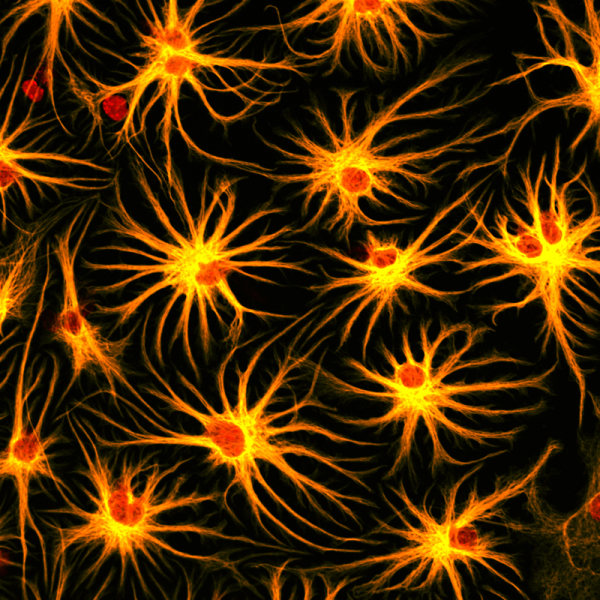Art, anxiety and 'Awakening'
November 5, 2014
Share
Exploring Anxiety through Art
When Athena Mitsilios (Artsci ’17) was asked to make a clay sculpture on the theme of anxiety for her art class ARTF 227 she knew exactly where to start.

“I knew I wanted to look at social anxiety,” she explains. “I wanted people to know more about what it feels like.”
First she carefully crafted an alien’s head, adding big, bulging eyes she then covered in tinfoil.
“When you have anxiety you feel like everyone is staring at you,” says Ms. Mitsilios, explaining that her alien has a small mouth to suggest the feeling of not being able to breathe.
Part of the assignment, set out by associate professor Kathleen Sellars, however, included building in a sound component, which Ms. Mitsilios did by recording the sound of laboured breathing and a voice repeating “stop staring, stop staring” in increasingly panicked tones. The sounds for each of the exhibition’s 12 sculptures, which are embedded with mini-speakers, are only audible by plugging a cell phone, iPod or tablet.
“We haven’t really had a chance to do a sound component with an art piece before,” says Jess Peterson (Artsci’17), who also created a piece for the exhibition. “It was interesting. Each sculpture is totally different when you hear the sound component.”
Ms. Peterson interpreted the theme by creating an organic-looking pink stomach which she encircled with string.
“I was thinking about the physical symptoms of anxiety,” she says. “This is a stomach completely tied up in knots.”
Radha Chaddah: “Awakening”
Alumna Radha Chaddah (Artsci’ 92) grew up torn between art and science.
“My family was always split,” she explains. “One side was in the arts, the other was in the sciences.”

By growing stem cells and photographing them using laser light, Ms. Chaddah has drawn a careful path down the middle, creating ephemeral two-dimensional works that look both organically abstract and carefully considered.
“I always knew I wanted to bring the two together and somehow make art about science, among other things,” she explains.
Ms. Chaddah opted to start her education in the arts, which is why she pursued a double major in film and art history at Queen’s. Later, she rounded out her education with an undergraduate degree in biology, eventually choosing to pursue a master’s degree at the University of Toronto some years later. That’s where, working at a neurobiology lab, she found herself drawn to a stem cell project. Disinclined to experiment on animals, she began growing cells in petri dishes, learning a technique called immunohistochemistry.
“The technique is used to prove the identity of a cell,” Ms. Chaddah explains. “I recognized doing my research that certain antibodies created beautiful images.”
While images cell images are typically reproduced in scientific journals in low resolutions at the size of an inch square, Ms. Chaddah’s high-resolution technique allows her to enlarge images to 40” x 60”. While each image can take up to 30 minutes to shoot, the results are arresting.
For Ms. Chaddah these works are more than just interesting images. She uses her work to ask questions about the world.
“They’re really about where we’re going, and how we are merging all these scientific discoveries as we move towards a place that is interesting and scary, all at the same time,” she says.
While she may have picked up the techniques in graduate school, Ms. Chaddah is quick to credit her Queen’s education for giving her the skills to think critically. She also names a former film professor, Derek Redmond, for teaching her to appreciate light and colour when creating an artistic work.
“His words have stuck with me since then,” she says. “I have become obsessed with light.”
“Awakening” by Radha Chaddah and the anxiety sculptures created by the students from ARTF 227 are on-view at the Art and Media Lab at the Isabel Bader Centre for the Performing Arts until Nov. 13, 2014.